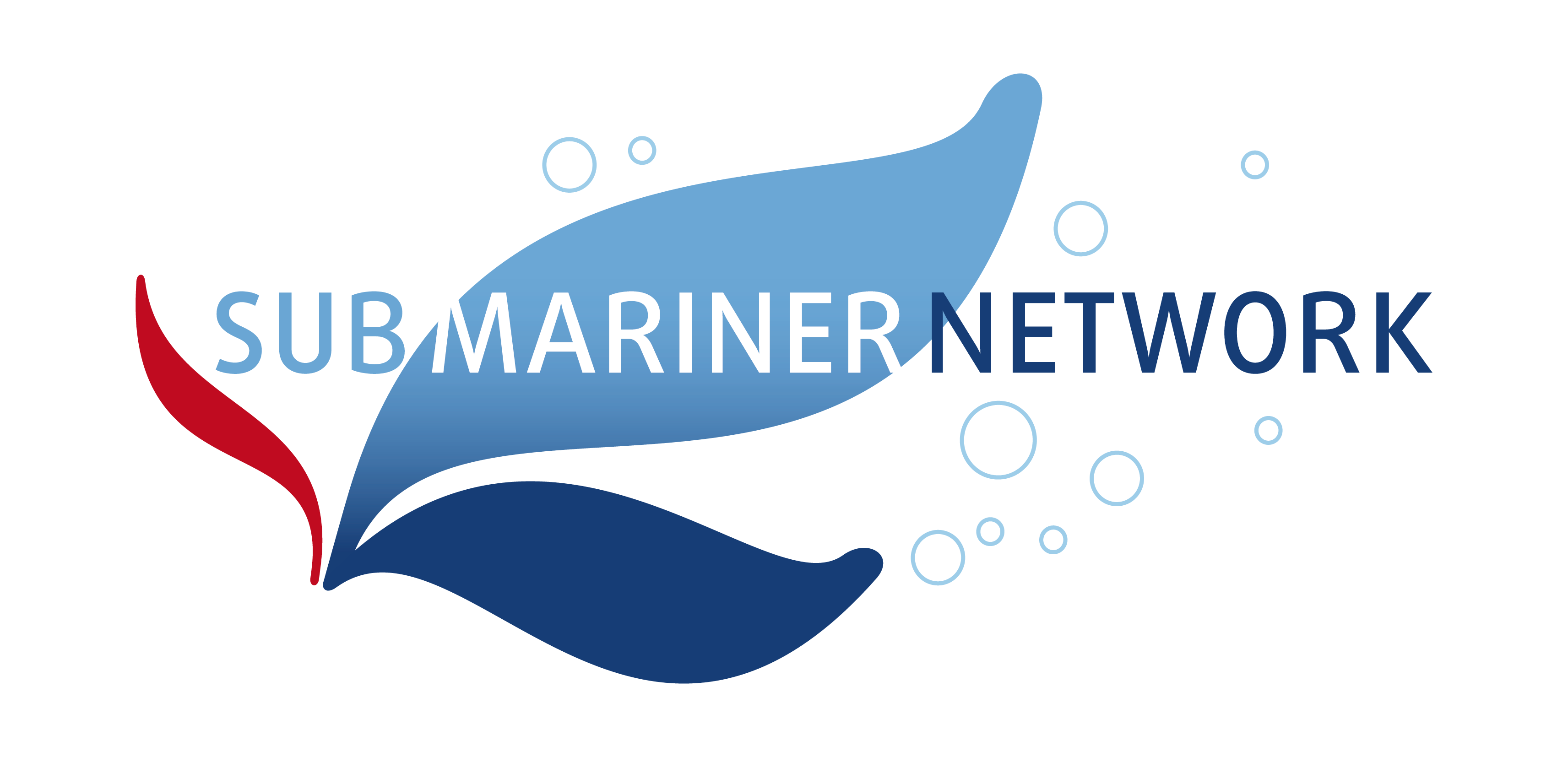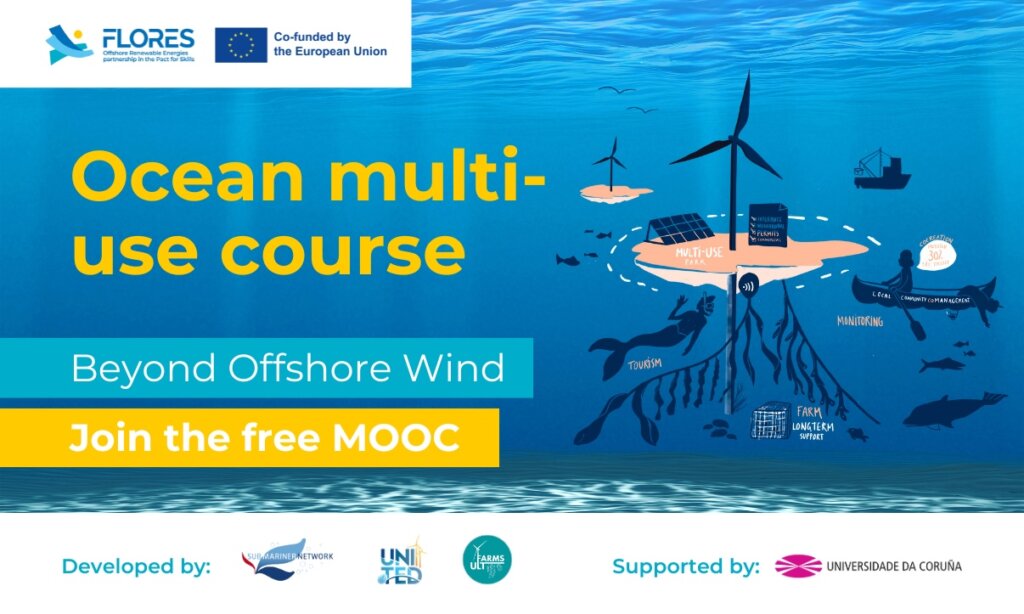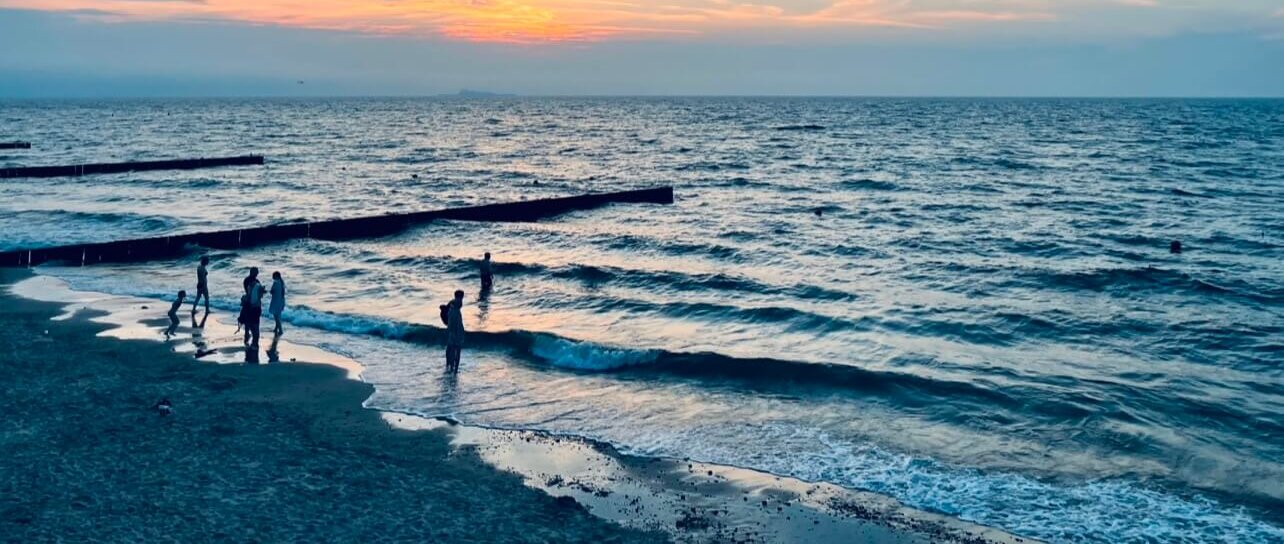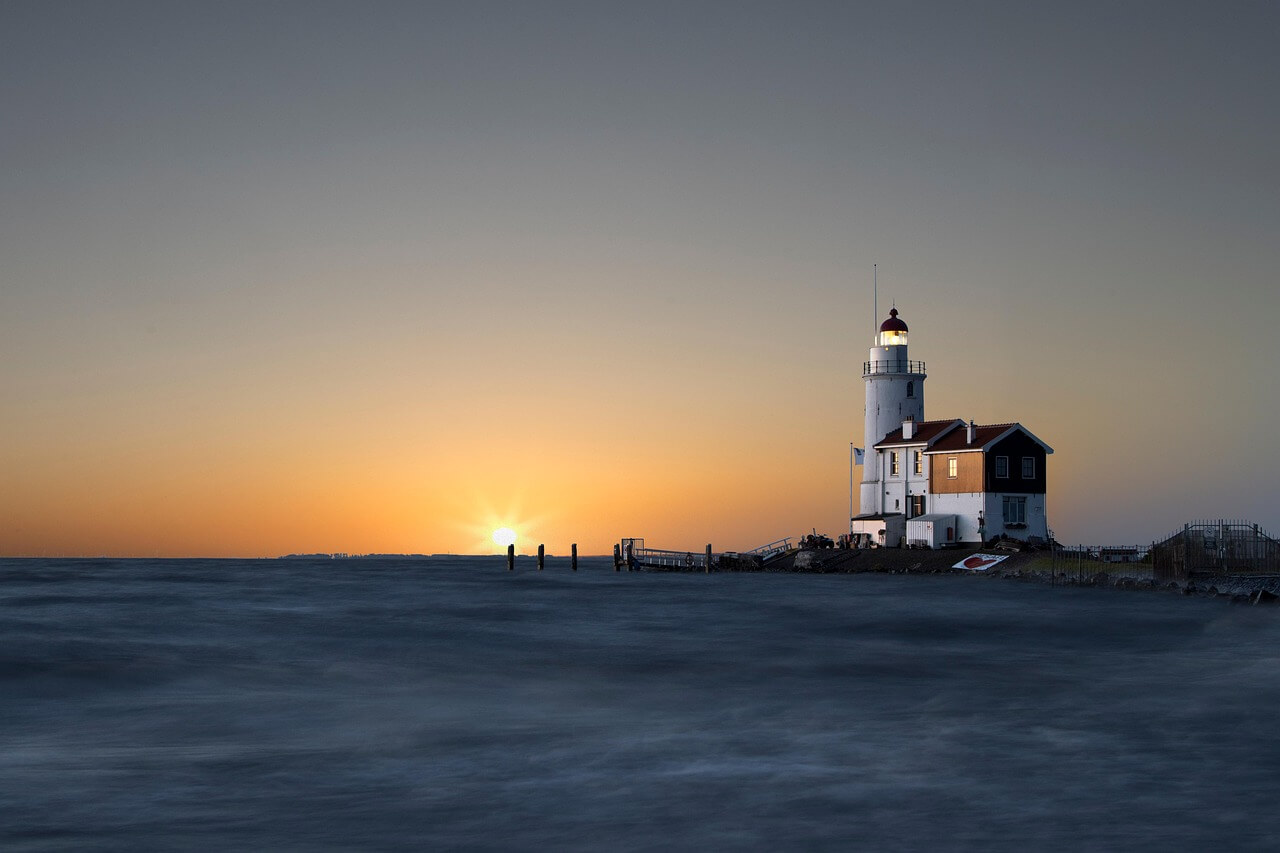In the vast ocean, where innovation meets sustainability, lies a realm of untapped potential in offshore renewables related ocean multi-use.
Deep-dive into this free online course to discover real-world examples of multi-use sites in action across different oceans, where activities such as fishing, offshore wind, tourism or culturing species coexist in harmony.
This course is developed by SUBMARINER Network and supported by University of A Coruña, as part of the EU-funded FLORES project. It draws from the expertise of projects like MUSES, UNITED, ULTFRAMS, MULTI-FRAME, etc. this MOOC offers an introductory study to the topic of ocean multi-use, with a specific focus on multi-use combinations that include offshore wind farms.
What is ocean multi use?
Traditionally, the management of ocean uses has been approached sector-by-sector, which means, for instance, that an area assigned for fishing was not normally used for any other activity, even when they could co-exist.
Nevertheless, further growth of ocean-based industries increases pressures on oceans, coastal space, and resources, which are already under considerable stress.
To minimise conflicts and maximise the synergies between maritime uses, there is a need to move from a traditional sector-by-sector management of marine activities to a more holistic and integrated approach.
That means, for instance, combining areas such as:
- Offshore wind and tourism: include boat tours to the wind farm, diving expeditions around the piles, or other recreational activities depending on site conditions and business models.
- Offshore wind and culturing species: from high to low trophic or serve as an artificial reef aiding nature restoration. This can potentially maximize benefit derived from a given space. For example, growing sugar kelp within offshore wind farms not only provides additional jobs and sustainable food sources in the local communities, but also maximises the CO2 uptake per square kilometre due to kelps ability to store carbon.
- Artisanal fisheries and tourism: the so called “pescatourism” allows visitors to learn about the fishing tradition, while at the same time providing additional or alternative sources of income for fishers who aim the transition to a smaller scale or lower impact techniques.
While multi-use can provide important benefits, multiple barriers, such as uncertainty about impacts and stakeholder perceptions, still hinder its real-life implementation.
Joint work by policy, research, and industry is still needed to address these barriers and ensure a more holistic integrated approach to use and management of marine resources.



